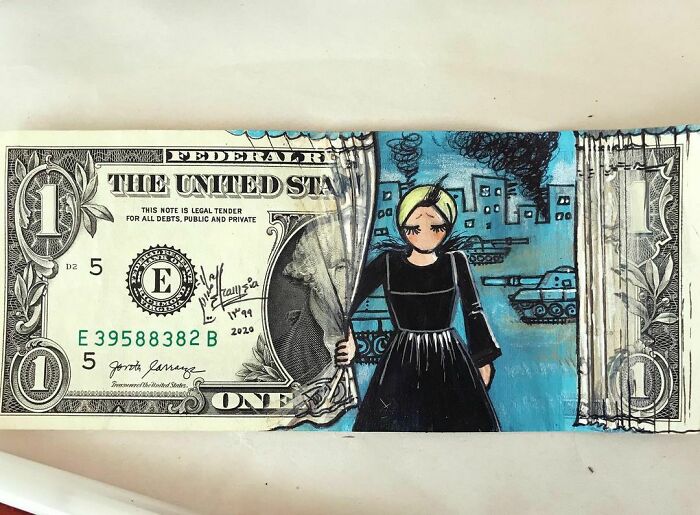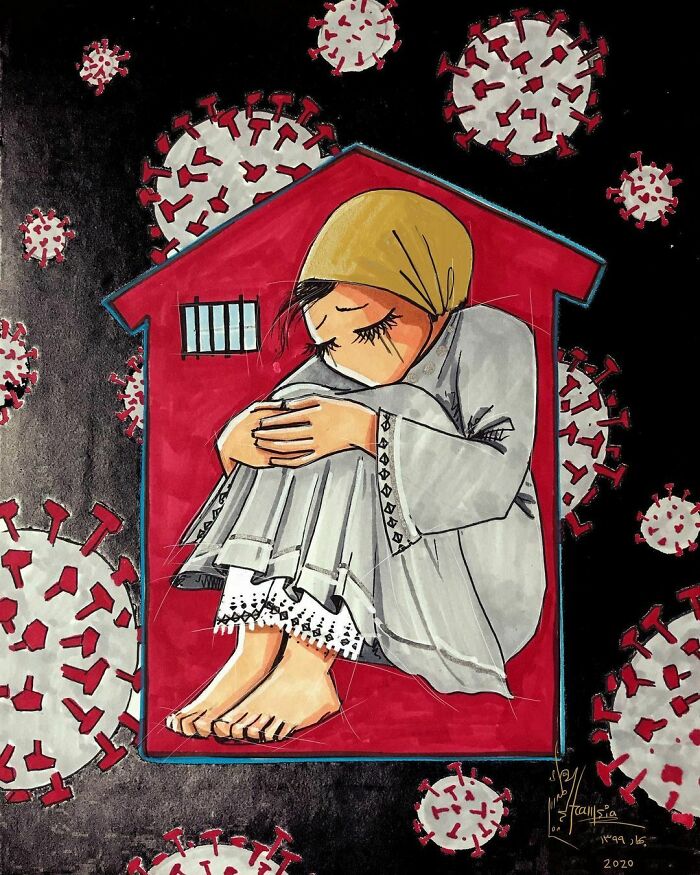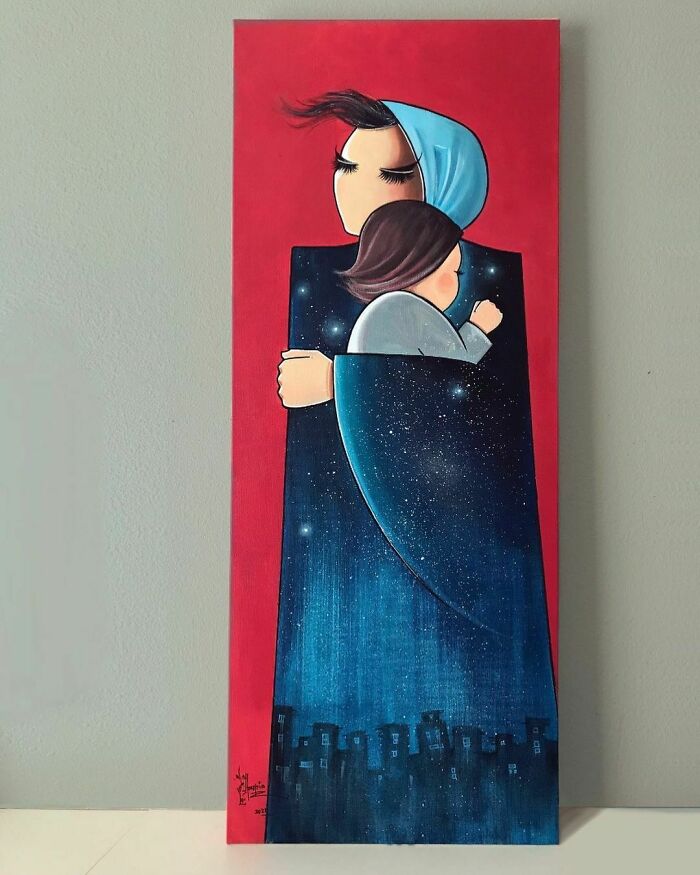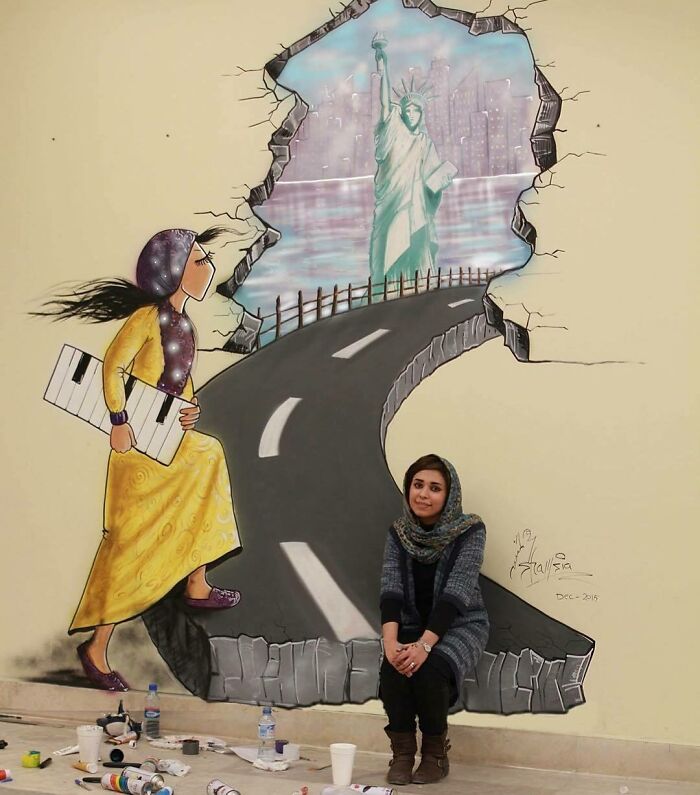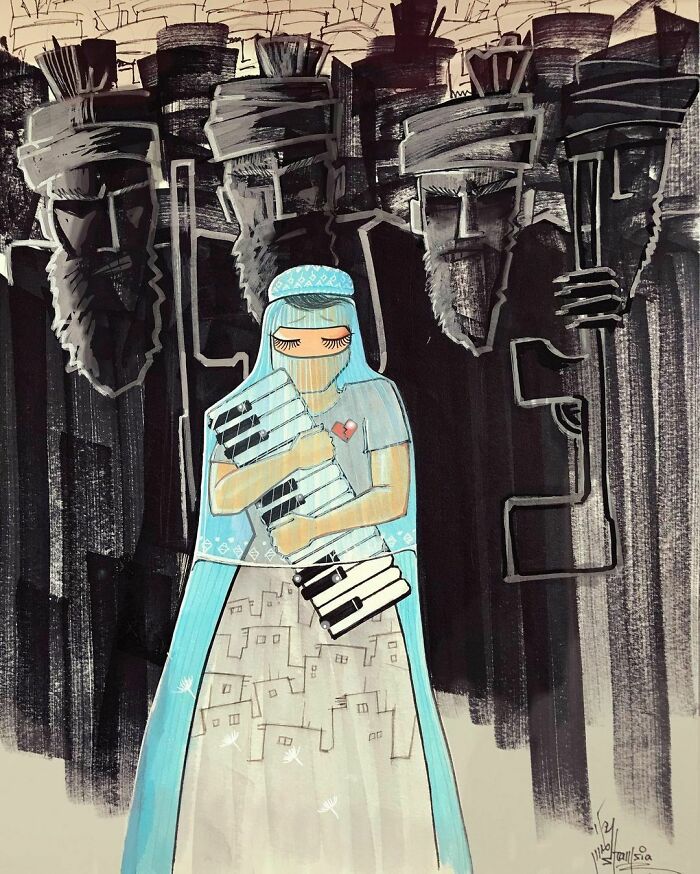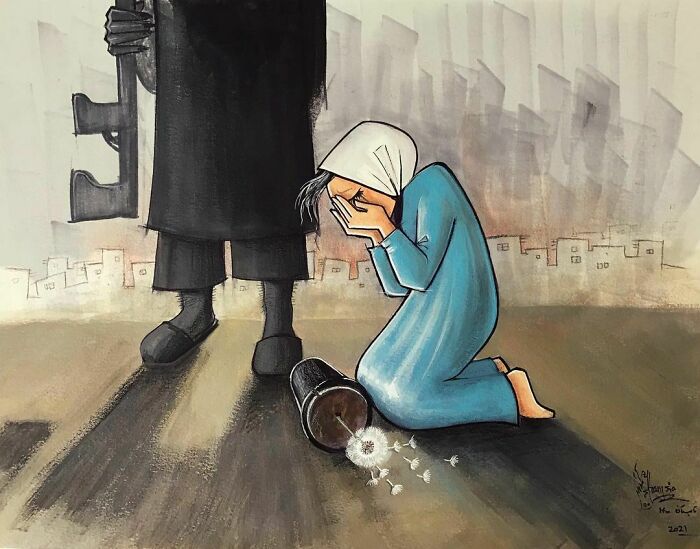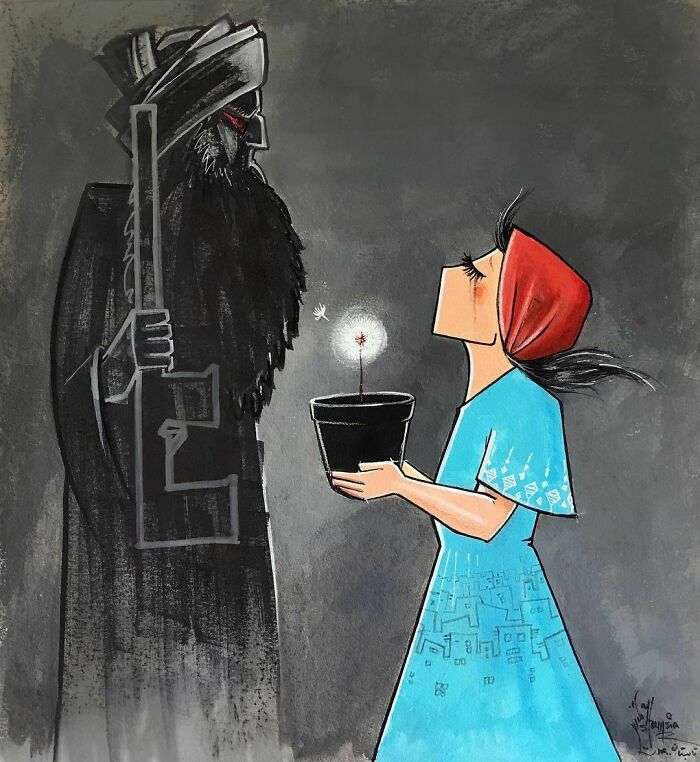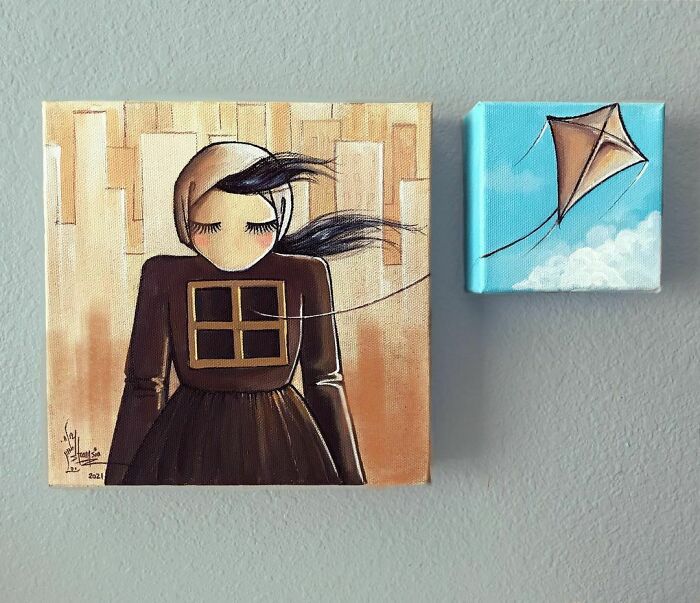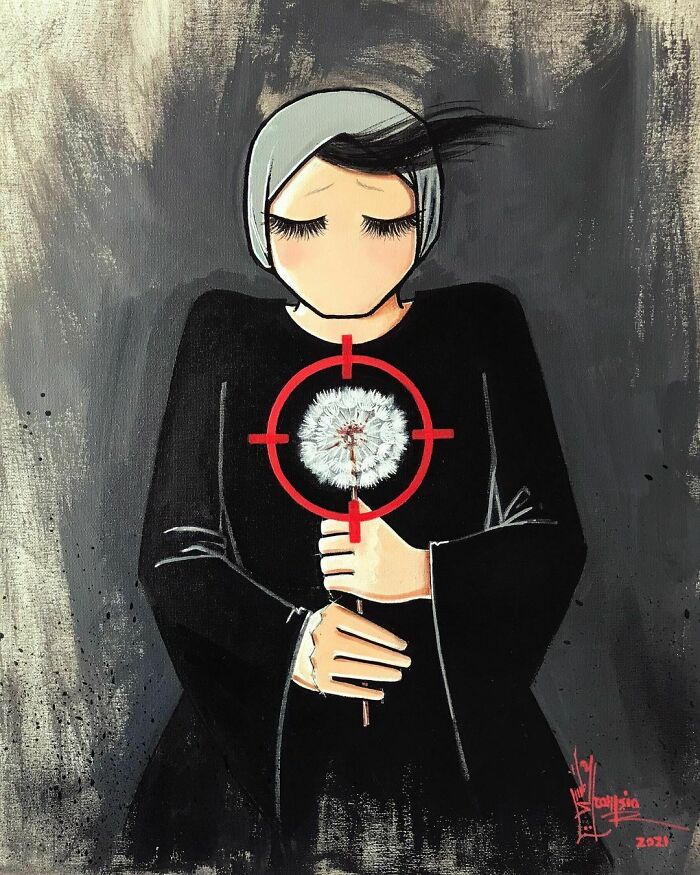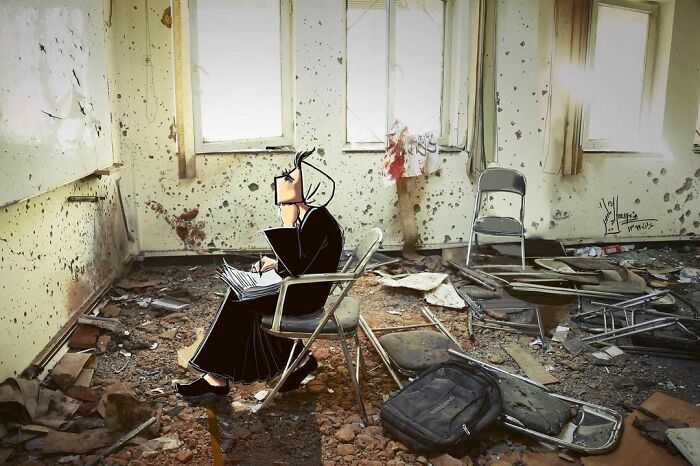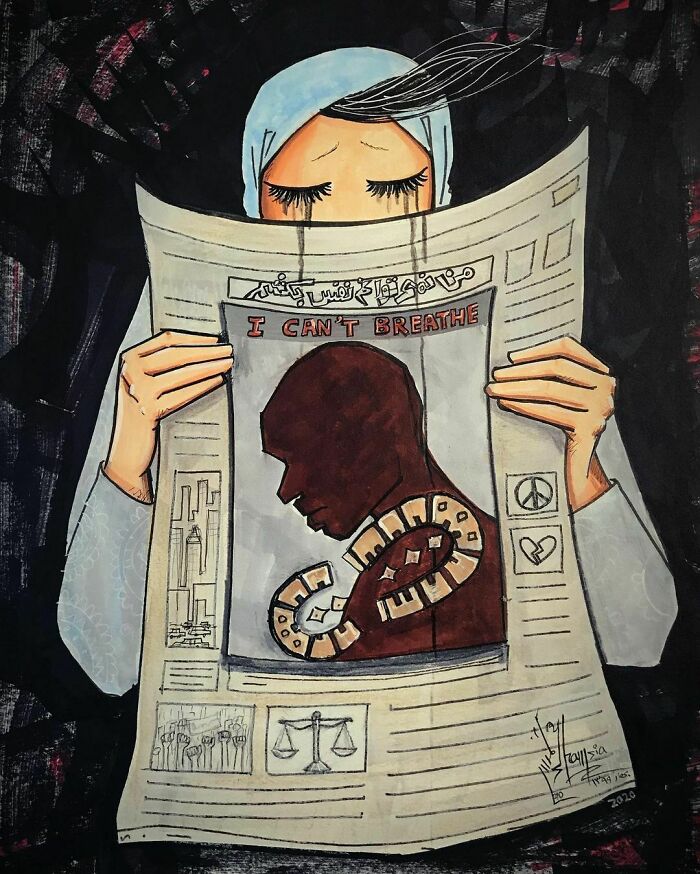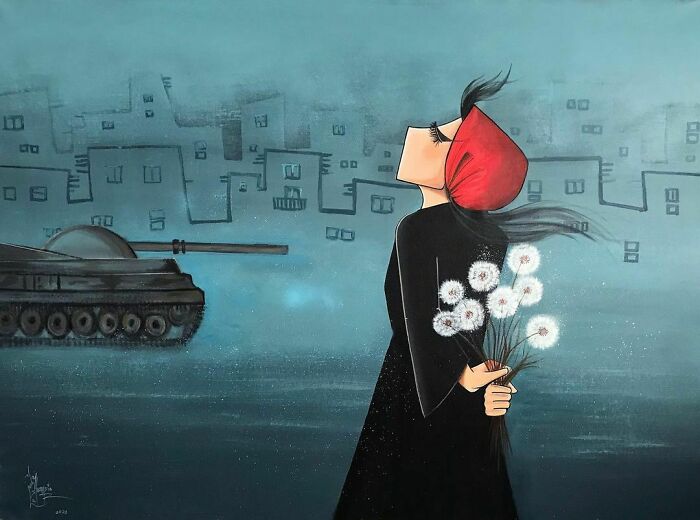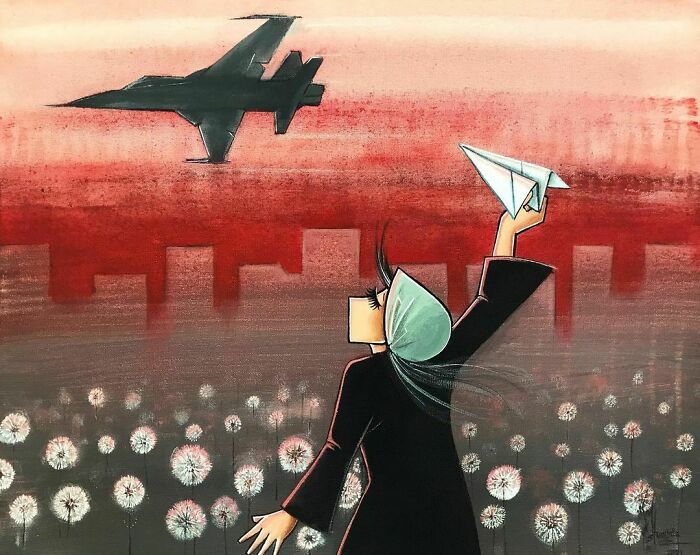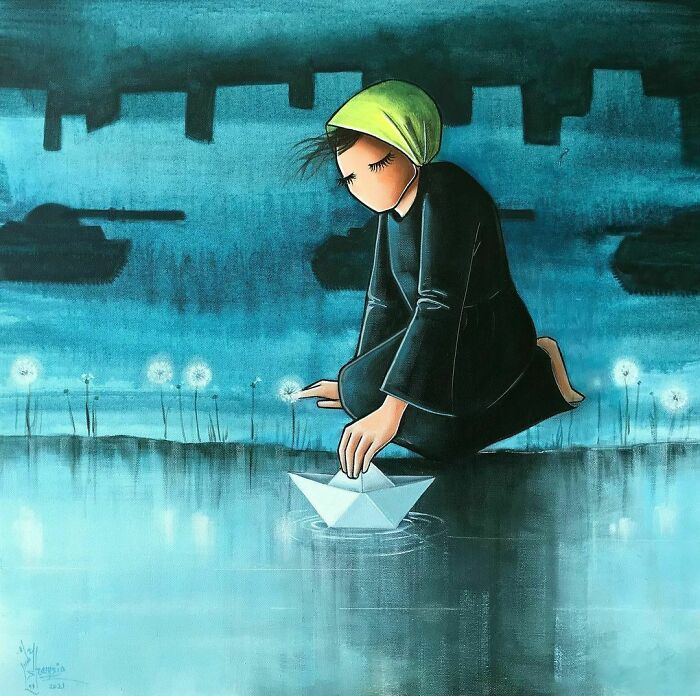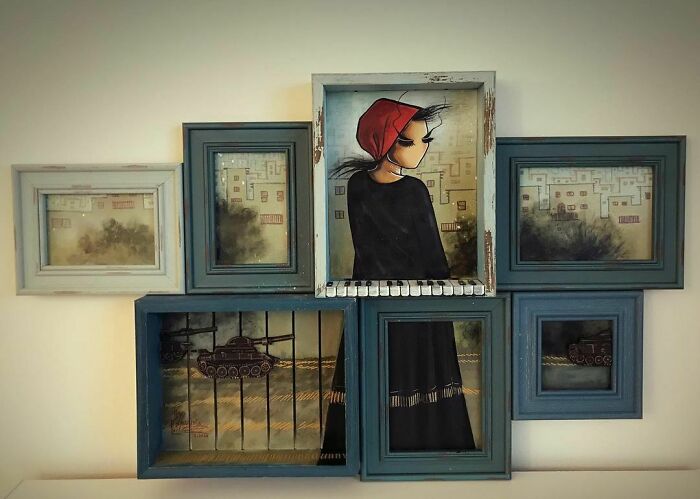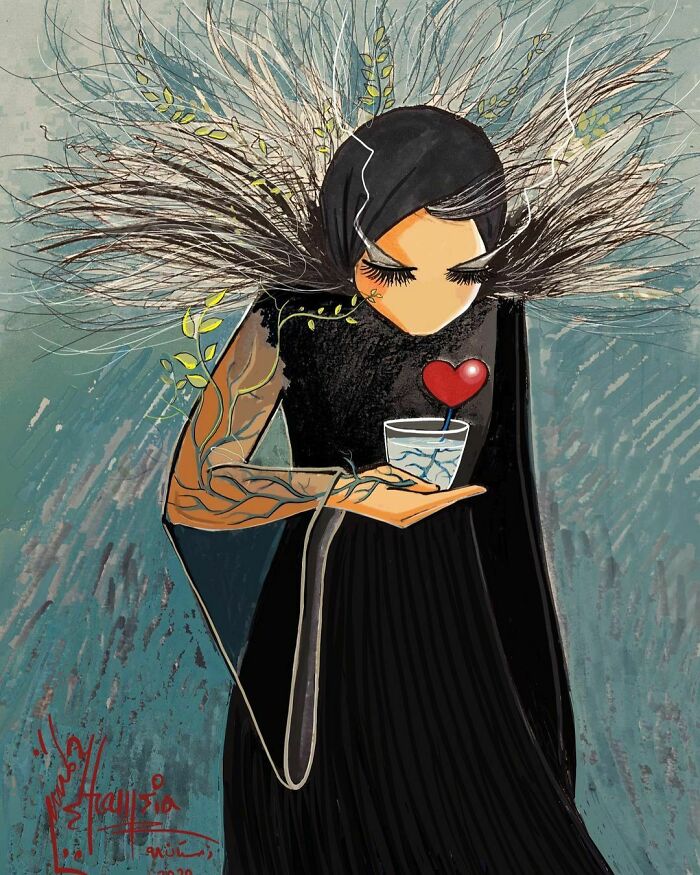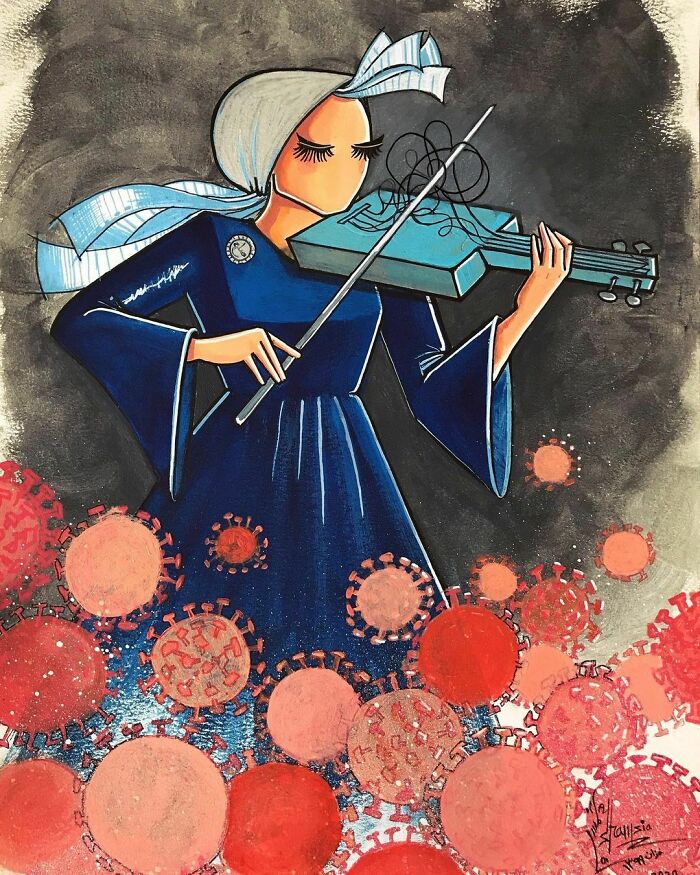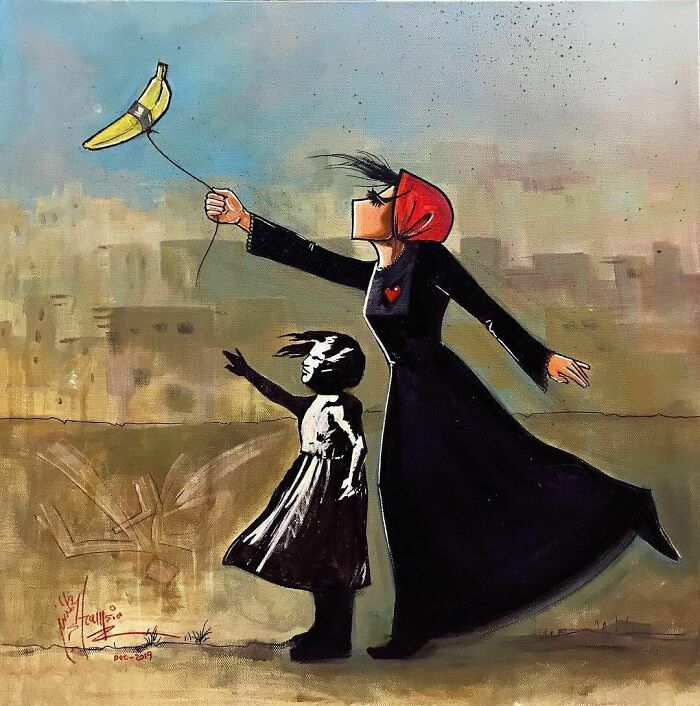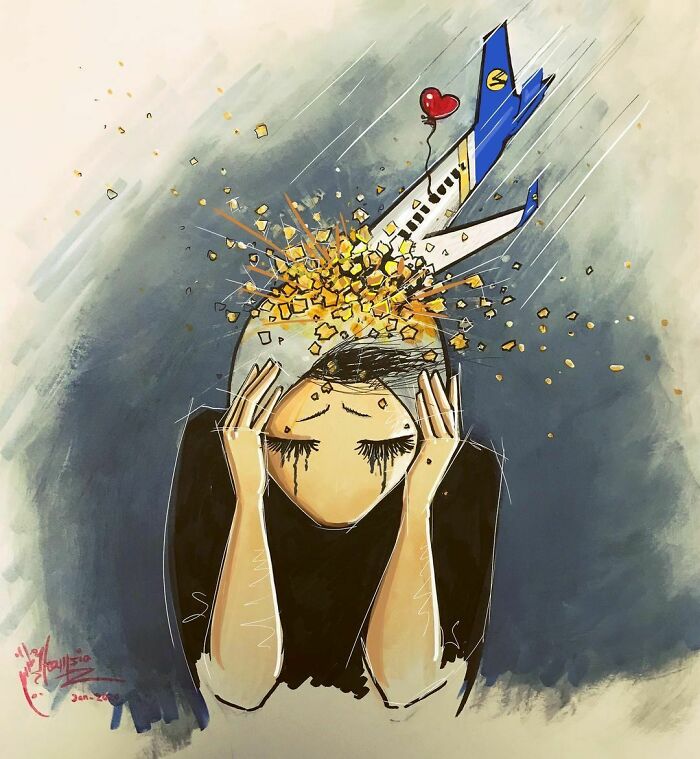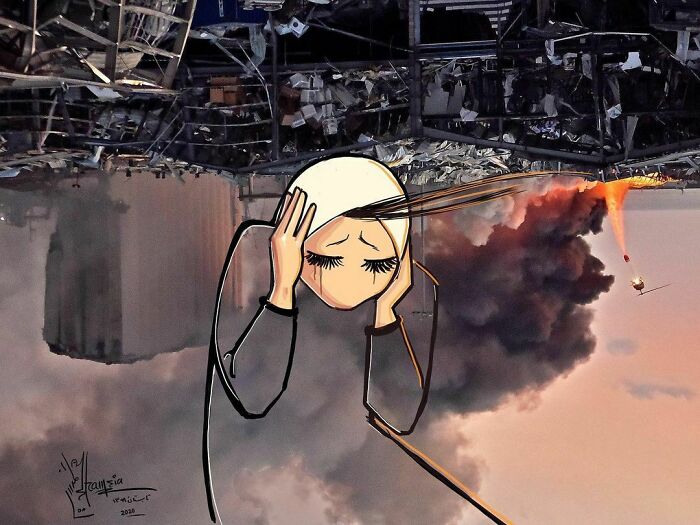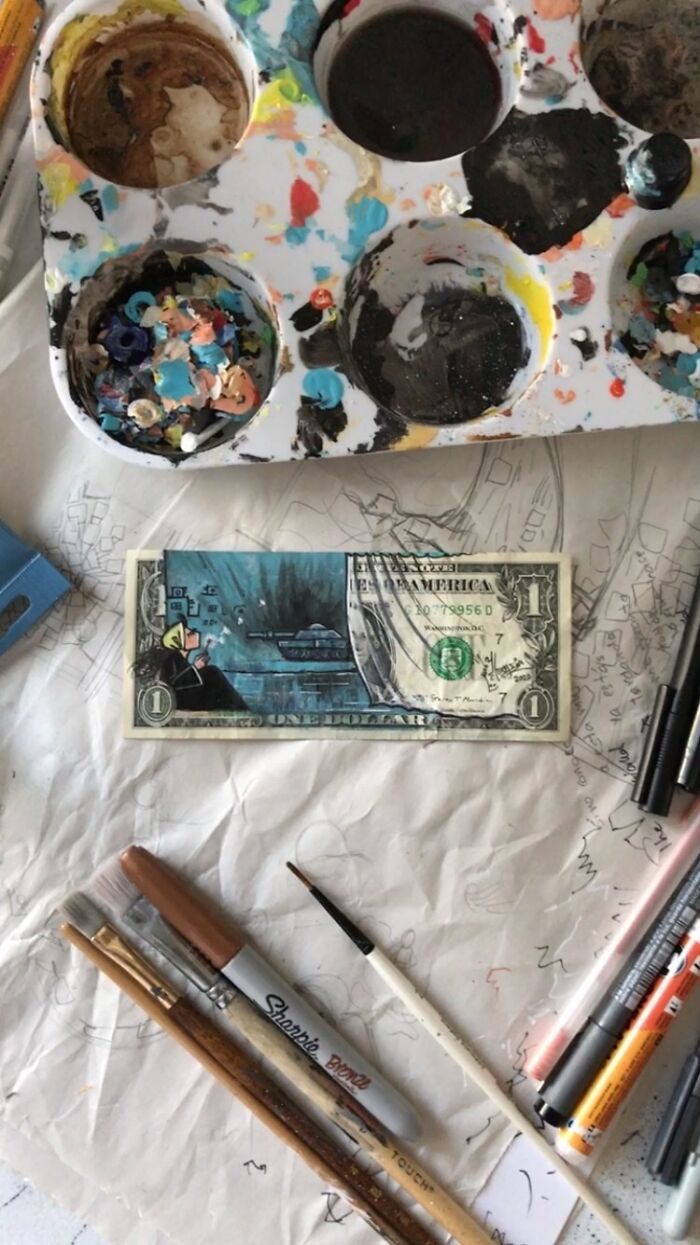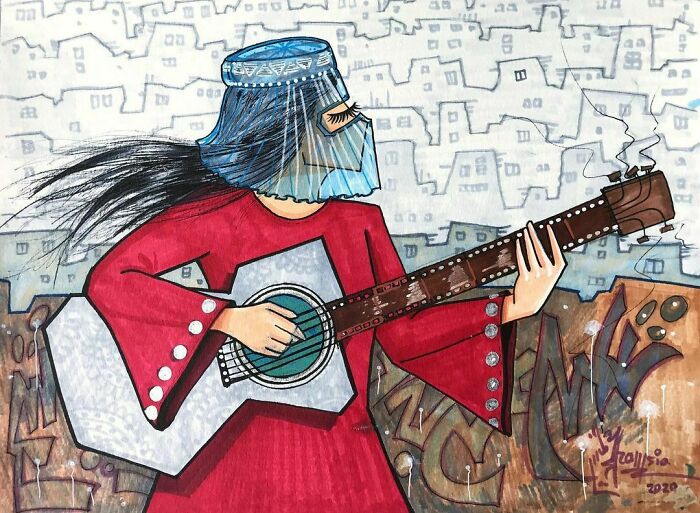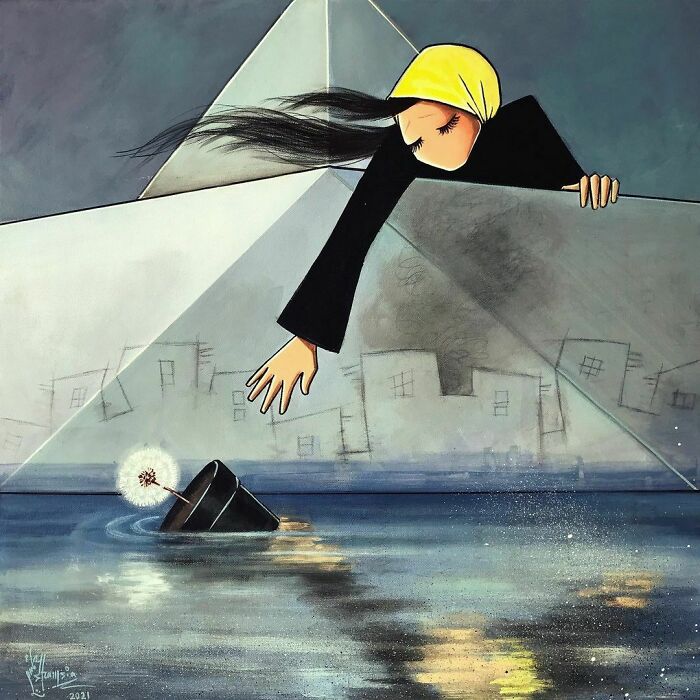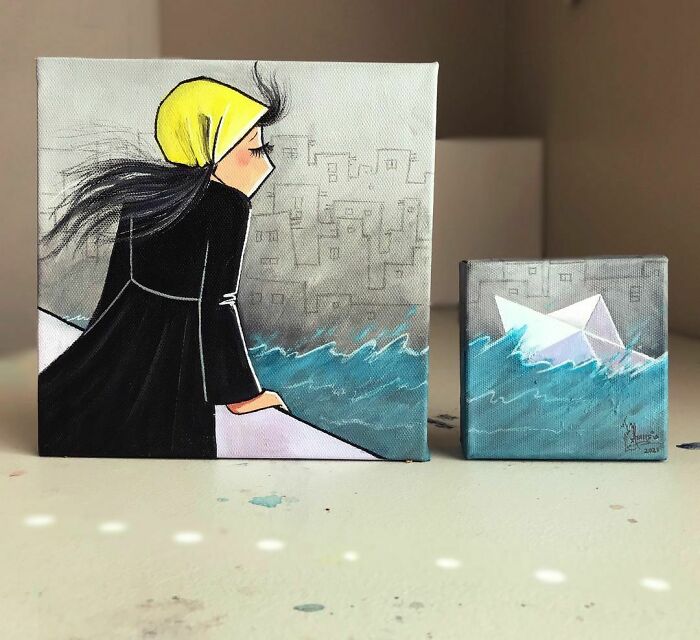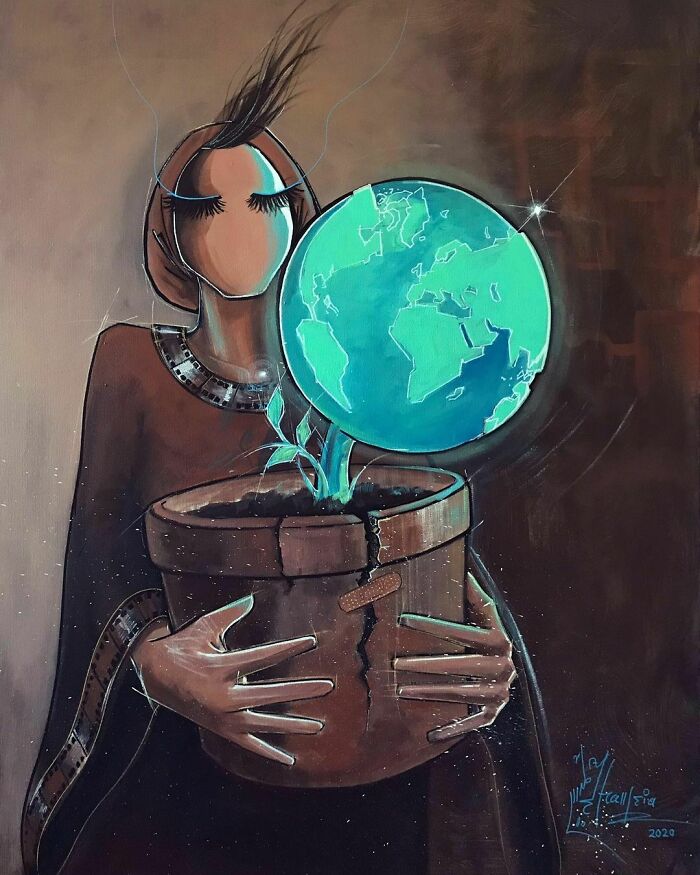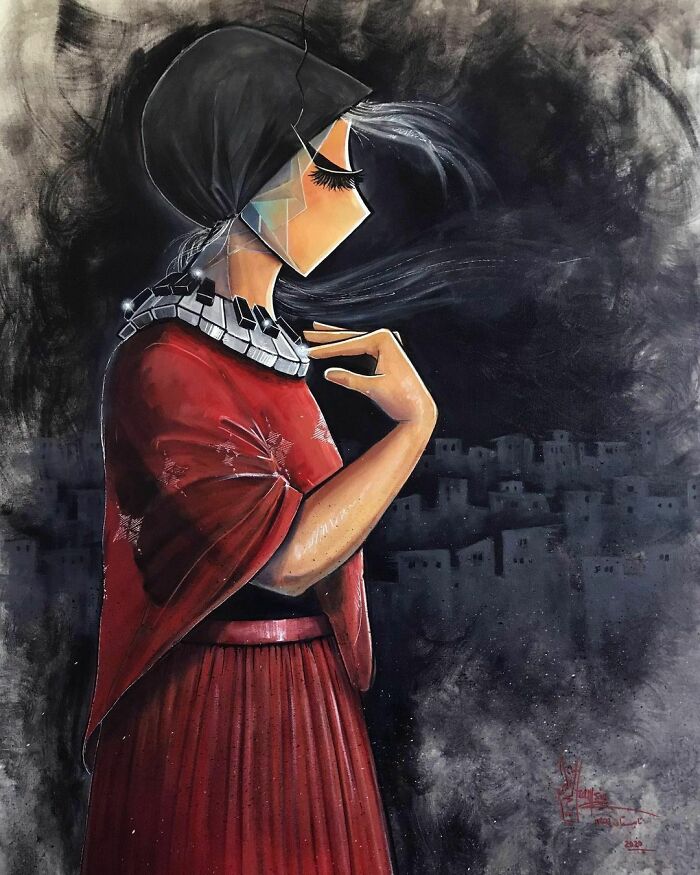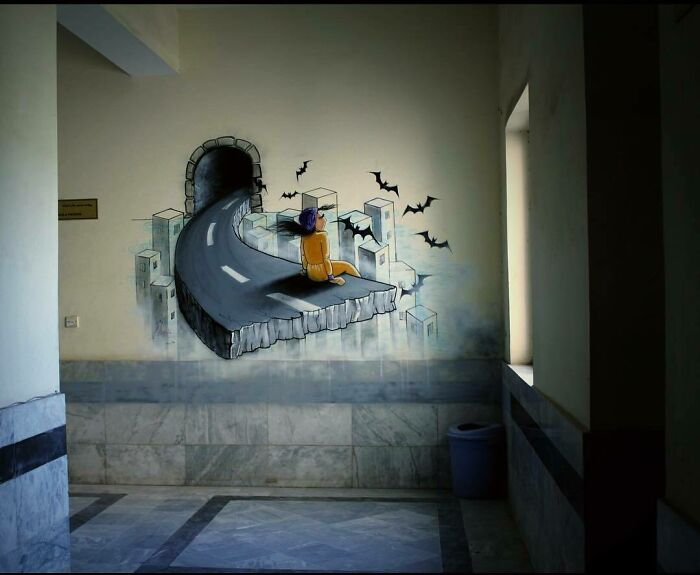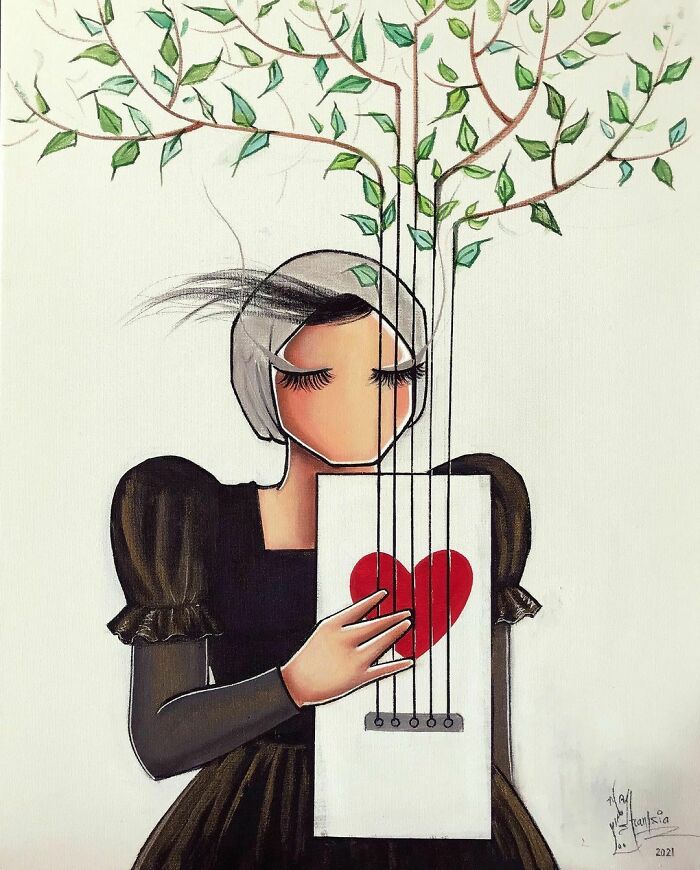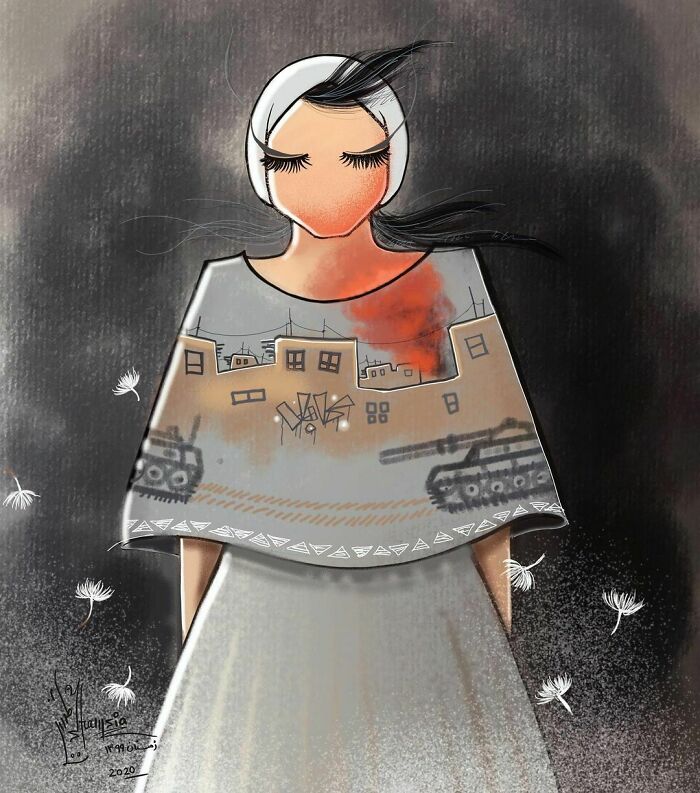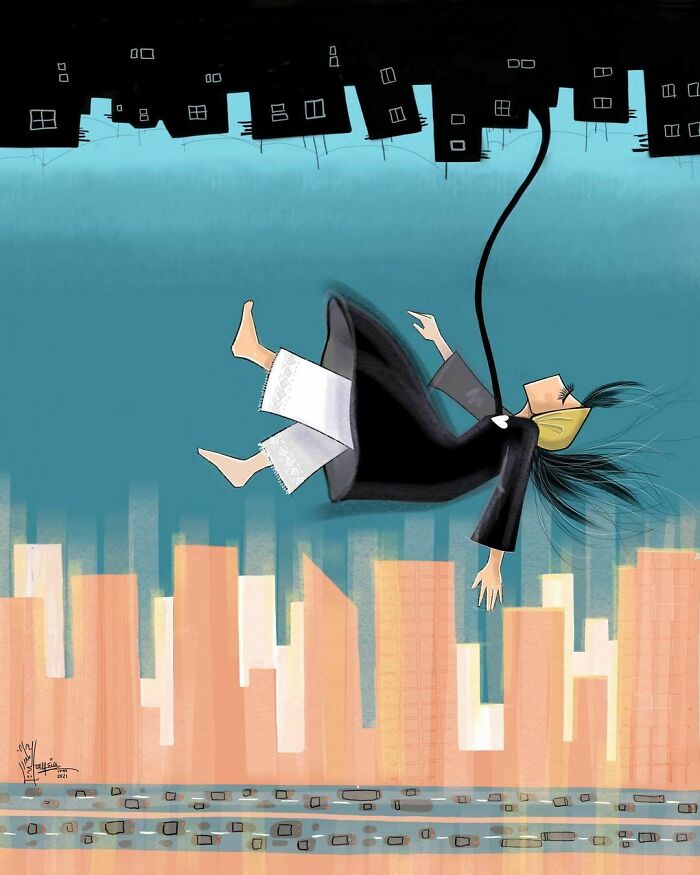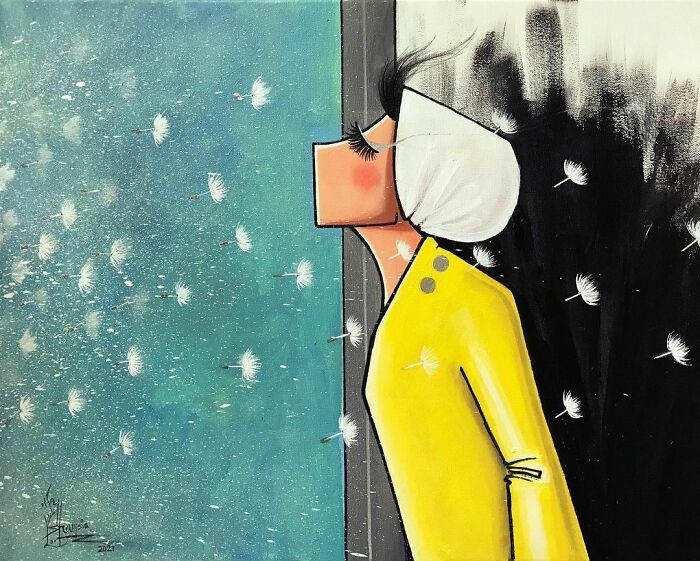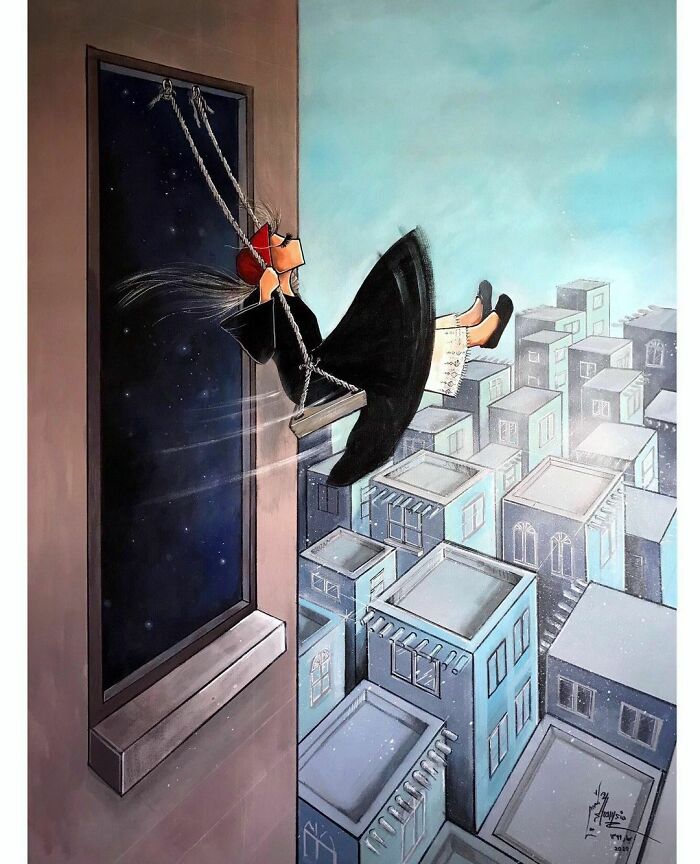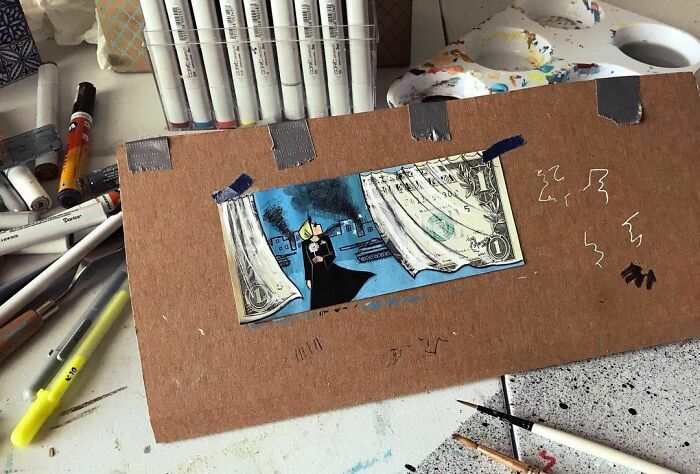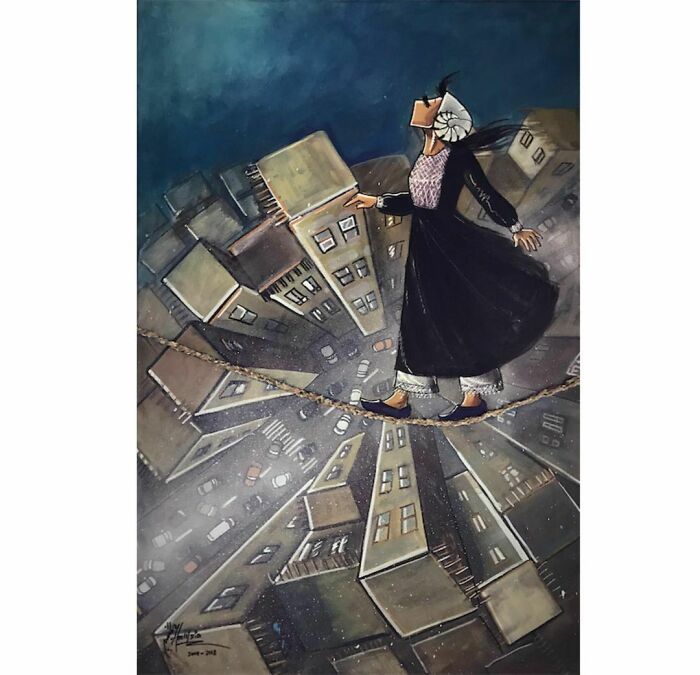After the Taliban took over Afghanistan, many of the country’s citizens are uncertain of how it will affect their lives and safety.
But to an outsider like me, it can be difficult to make sense of it and fully understand what these people are going through. So I have to turn to someone who can explain.
Shamsia Hassani, a painter who has taught at Kabul University, is considered Afghanistan’s first female street artist. Whether she’s working on a canvas or the wall of an abandoned bombed building, Hassani’s works not only portray the role of women in a male-dominated society but also provide a glimpse into the battle between light and darkness that has enslaved the place she calls home.
More info: shamsiahassani.net | Instagram
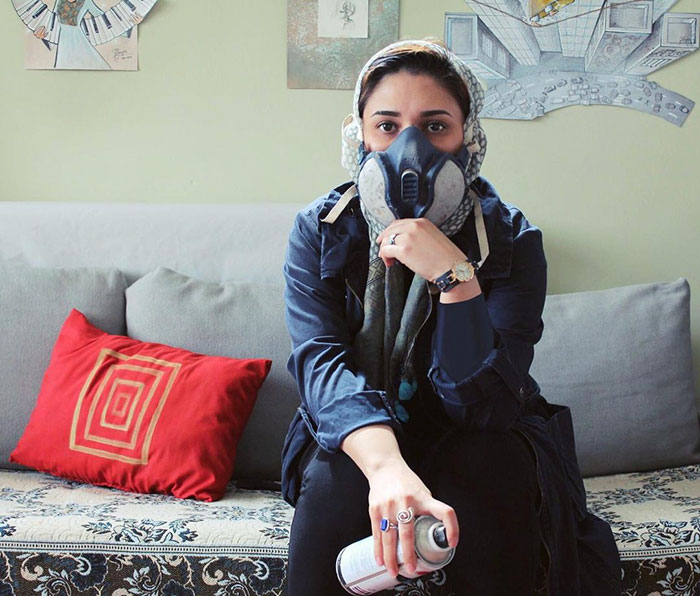
Meet Shamsia Hassani, a painter who has taught at Kabul University and is considered Afghanistan’s first female street artist
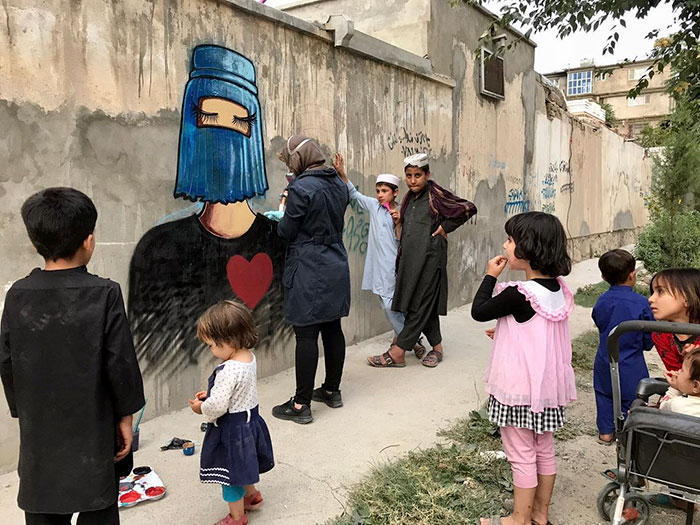
She got into it in 2010 after going to a graffiti workshop led by UK artist CHU
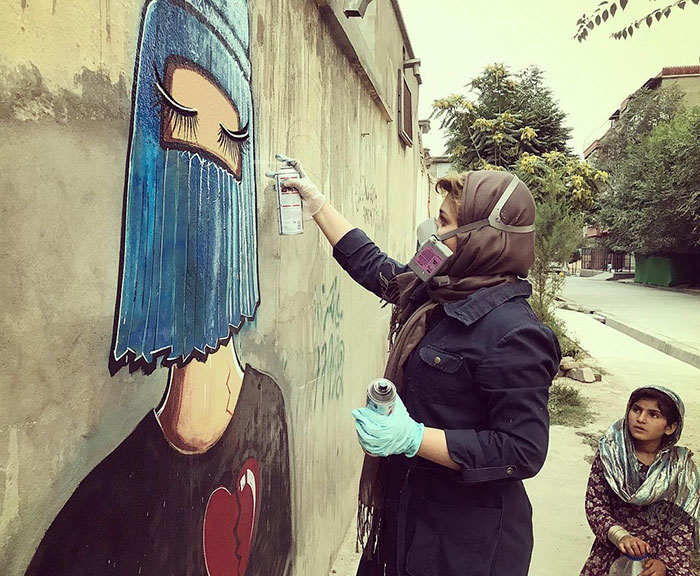
Since then, Hassani has developed a unique style and painted her trademark character — a woman with her eyes shut and no mouth — all over the country
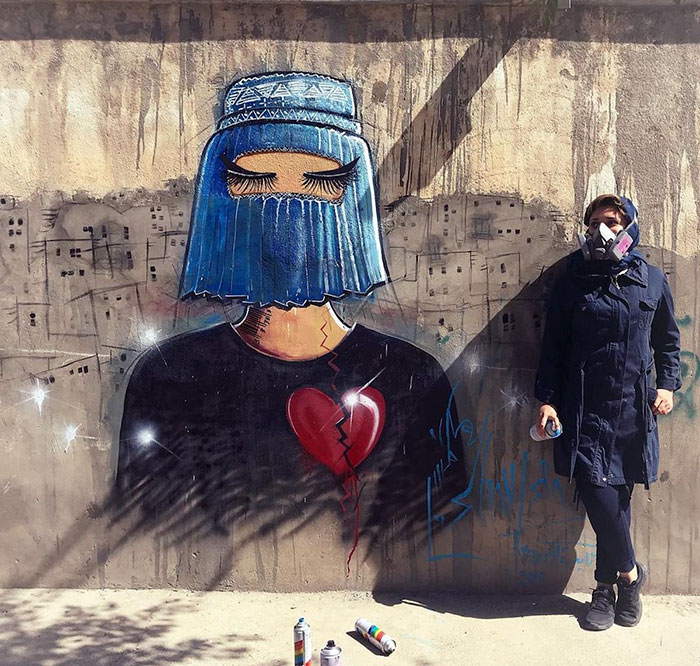
This post may include affiliate links.
Shamsia Hassani was born to Afghan parents in Iran in 1988. She has had to endure hardships from the very start of her life. “Since Iran has no law through which you can be an Iranian national, I stayed Afghan after birth,” the artist told Bored Panda. “I still remember that Afghans were not allowed to work in Iran just because of their nationality. Afghans were told that they don’t have the government’s permission to find a job, so my parents were facing a lot of difficulties. But I was young and didn’t understand.”
Eventually, her life took Shamsia back to Afghanistan. There, in 2010, she attended a graffiti workshop that was held in Kabul by Combat Communications and it has taken her on a path she still follows a decade later. “I attended the workshop with 9 colleagues from Berang. Combat Communications invited CHU, a graffiti artist from the UK to lead the event.”
“CHU’s lectures included theory, practical work, and presentations of different artists from around the world,” Shamsia added. “There, we learned graffiti for the first time. As the workshop continued, we learned about spray techniques and how to paint large scale drawings on the wall.”
After the workshop, the other 9 artists that attended it with Shamsia did not continue working on their graffiti skills or follow the art form at all. She, however, was hooked. “I really liked it and thought it has a lot of uses. I believed that graffiti can be a tool through which I will change the war-torn walls of my city into colorful paintings,” Shamsia explained. “The colors would hide stories of war on the walls of my city and people would see new things instead of bullet signs and cracks.”
“I also believed it could be a way for people to experience my art, people who have never been to an exhibition and have never seen my works. They could get a chance to discover and enjoy something new. Maybe some would even take pictures in front of it and have a few minutes of entertainment.”
But when Shamsia got into graffiti, her country became more dangerous and she couldn’t go outside to spray happiness. There were also some other cultural nuances that she had to face. “People in Afghanistan are not against art, but they’re against women’s activities,” she said. “So when someone saw me outside doing graffiti, they said bad words, they cursed, and some called it a sin.“
“When I painted in public spaces, I would start feeling unsafe after about 15 minutes, so I would leave the place. If I had the opportunity to stay for about 2-3 hours, my pieces would have been better but in 15 minutes all I could do was either paint something very simple or leave the piece unfinished.”
“The other issue was that there was a lack of places for graffiti. No one wanted a painting on their walls, they only agreed if I created something to their liking. They had their own requests when it came to their property and didn’t want my artworks.”
Shamsia said that after the fall of the Taliban in 2001, despite the ongoing war and various political and social issues, the situation for women actually improved – they gradually entered society and were provided with the opportunity to study and grow. “During these twenty years, many women developed in various fields like education, trade, culture, medicine, etc. The progress was slow but very promising.”
But unfortunately, things have just taken a turn for the worse. “Now, with the return of the Taliban (I still don’t believe it at all when I say this), many women are leaving the country and … do not see a bright future. The result of all these years of effort was for nothing.”
Luckily, Hassani is safe but to her disappointment and sadness, she has had to leave her country.
“Many of my paintings have a recurring character. Just like movie characters have their roles to play, so does mine. Most importantly, she’s a human being, but because I am a woman and I understand women better because women have more restrictions than men in our society, I chose my character to be a woman. A woman with shut eyes and no mouth, sometimes with a damaged musical instrument which gives her power and confidence to talk and play. Her shut eyes represent that there is nothing good to see. She chooses to ignore everything so she could feel less sorrow,” the artist added, saying that her work is primarily focused on individuals and social issues, but at times they get political too.
“The character in my paintings sometimes plays different roles such as a combatant or a refugee with no future. At times, she searches for peace, and sometimes she has no identity whatsoever. She also gets lost in her dreams as well as the pain and sorrow, she struggles with the past and the future but is a patriot who loves her homeland and fights hopelessness.”
Note: this post originally had 89 images. It’s been shortened to the top 40 images based on user votes.
Source link : https://www.boredpanda.com/afghan-street-artist-shamsia-hassani

